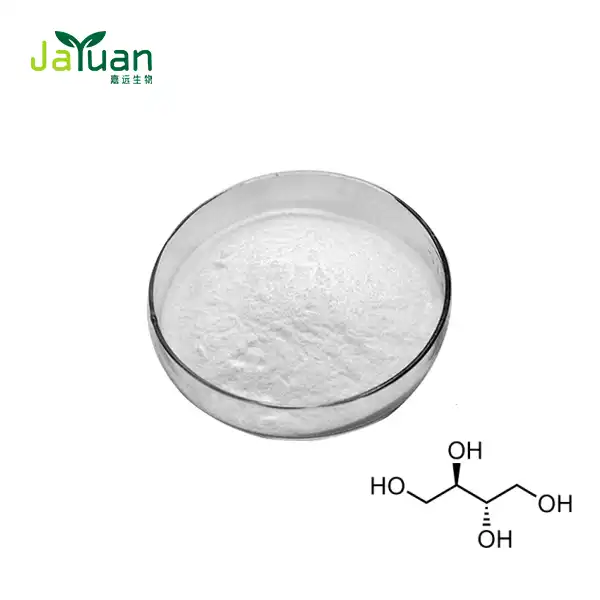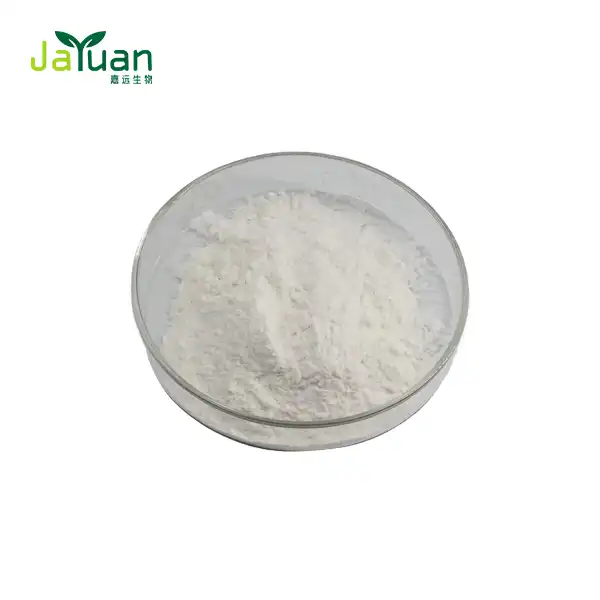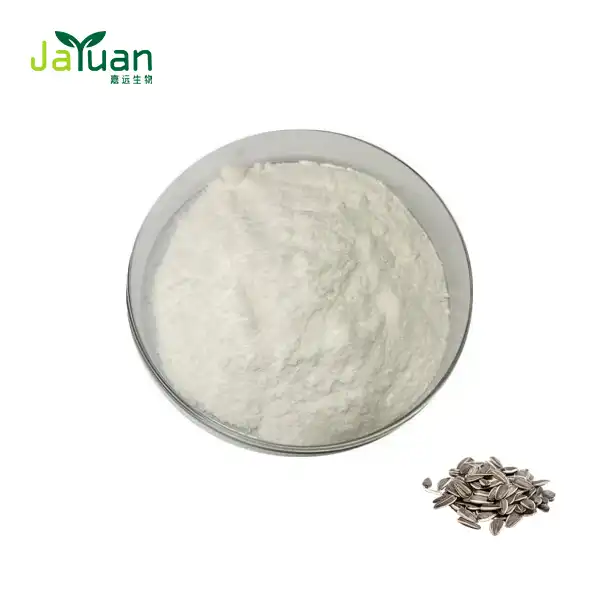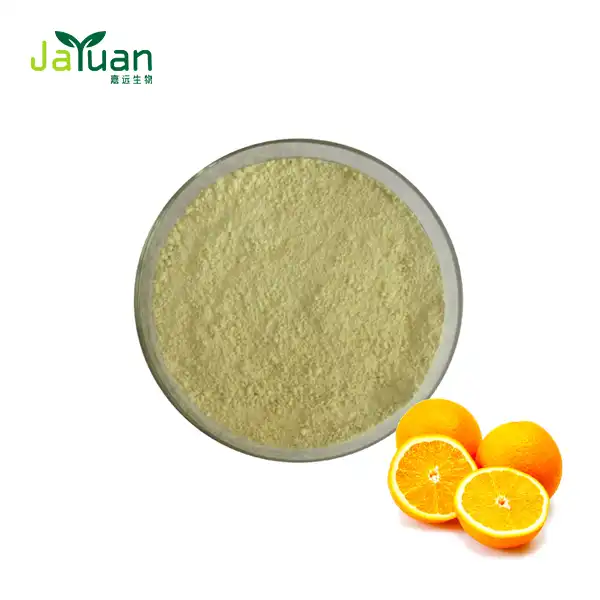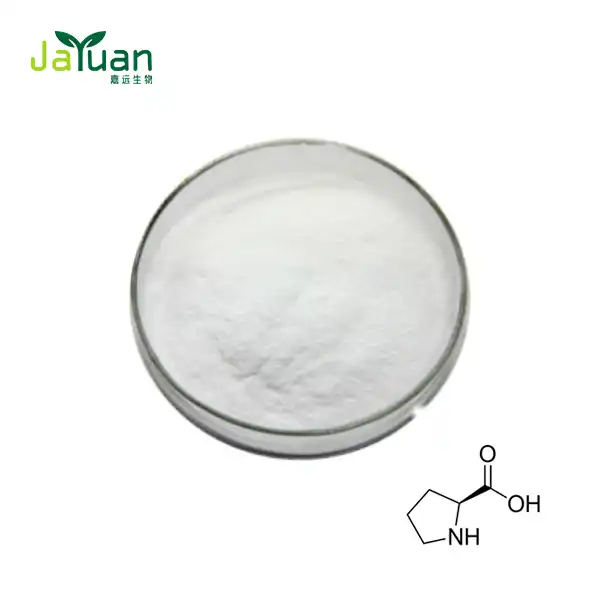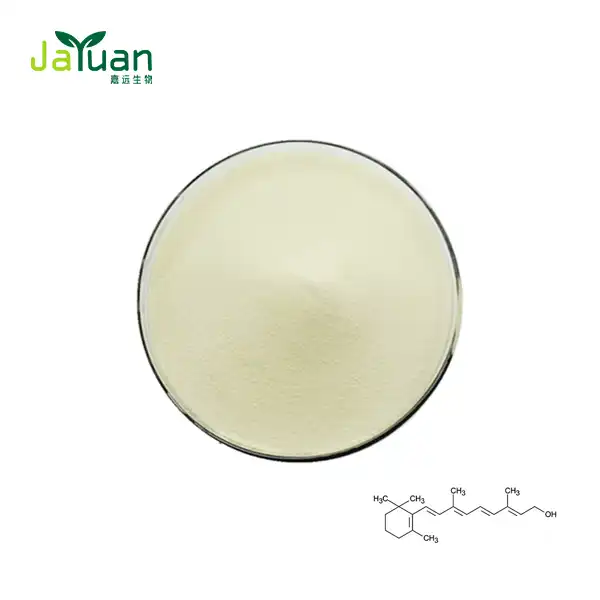What Does Gypenosides Do for the Body?
Introduction
Gypenosides are bioactive mixtures extricated from Gynostemma pentaphyllum, a plant known for its conventional restorative purposes in different societies. These mixtures have been read up broadly for their potential medical advantages, going from metabolic help to calming and cancer prevention agent impacts.
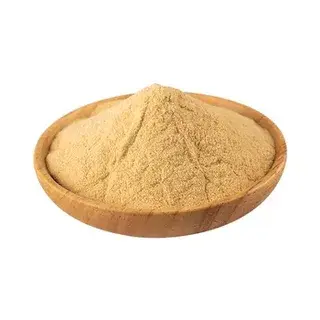
How Do Gypenosides Boost Metabolism?
Components of Activity
Enhanced Activity of AMPK: They have been found to enact AMP-initiated protein kinase (AMPK), a vital controller of cell energy digestion. AMPK initiation assists with expanding cell energy creation by advancing glucose take-up and unsaturated fat oxidation. Increased energy expenditure and enhanced metabolic efficiency may result from this metabolic enhancement.
Guideline of Lipid Digestion: Research recommends that the products can adjust lipid digestion by impacting catalysts engaged with lipid union and breakdown. By advancing lipolysis (breakdown of fats) and hindering lipogenesis (arrangement of fats), the products add to lessening fat amassing and further developing lipid profiles in the body.
Cell reinforcement Properties: The products have powerful antioxidant properties that aid in the fight against oxidative stress and inflammation. Oxidative pressure can impede metabolic capability and add to metabolic problems. By killing free extremists and lessening oxidative harm, the products support solid metabolic cycles.
Proof from Logical Investigations
Logical investigations give bits of knowledge into how the products influence digestion:
A survey disseminated in the journal "Phytomedicine" explored the effects of the products on metabolic turmoil in animal models. It found that the products further made insulin responsiveness, diminished body weight gain, and cut down degrees of oily oils and cholesterol.
Gypenosides' ramifications for AMPK activation in muscle cells were the subject of investigation in the "Diary of Ethnopharmacology." The openings suggested that the products further encourage AMPK phosphorylation, impelling extended glucose take-up and energy utilization.
The products have in like manner been shown to chip away at human metabolic limits and advance weight decrease in clinical fundamentals and observational assessments. These tests suggest that Gynostemma pentaphyllum should be used frequently to improve absorption and monitor metabolic health.
Reconciliation with Conventional Medication
In conventional Chinese medication, Gynostemma pentaphyllum has been esteemed for its adaptogenic properties and job in advancing life span. It is many times used to help in general essentialness, upgrade safe capability, and manage metabolic equilibrium. The products add with these impacts by upgrading energy digestion and supporting different physiological capabilities.
Can Gypenosides Help Reduce Inflammation?
Mechanisms of Action against Inflammation
Restraint of Provocative Arbiters: The products meaningfully affect different provocative middle people, like cytokines and prostaglandins. These mixtures can smother the creation of fiery cytokines like TNF-α and interleukins, which assume key parts in provocative reactions.
Activity as an Antioxidant: The products are antioxidants that help reduce inflammation caused by oxidative stress. By searching free revolutionaries and lessening oxidative harm, they add to bringing down provocative reactions in cells and tissues.
Adjustment of Invulnerable Reaction: Research recommends that the products can tweak resistant reactions by directing invulnerable cell action. This modulation may result in a well-balanced immune response, reducing chronic inflammation or excessive inflammation associated with autoimmune disorders.

Lessons Learned from Research
Concentrates on Cell Models: Research distributed in diaries like "Food and Compound Toxicology" and "Phytomedicine" has examined the calming impacts of the products in cell models. These examinations have shown that the products can repress fiery pathways and lessen provocative markers in vitro.
Creature Studies: Gypenosides have been shown to reduce inflammation in animal models of arthritis, colitis, and other inflammatory conditions, as reported in the "Journal of Ethnopharmacology" and "Phytotherapy Research." These examinations propose likely restorative advantages in overseeing provocative sicknesses.
Clinical Proof: While clinical preliminaries explicitly on the products are restricted, their customary use and logical discoveries support their expected calming impacts. Observational examinations and customary medication rehearses demonstrate that Gynostemma pentaphyllum, rich in the products, has been utilized to reduce aggravation related side effects.
Reconciliation with Conventional Medication
Gynostemma pentaphyllum is valued in traditional Chinese medicine for its adaptogenic and anti-inflammatory properties. It is generally used to lessen aggravation, support insusceptible capability, and advance by and large wellbeing and imperativeness. The products add with these impacts by balancing incendiary pathways and improving cell reinforcement safeguards.
The ability of the products derived from Gynostemma pentaphyllum to stifle flaming middle people, exert the effects of cancer prevention agents, and alter safe reactions demonstrates their reliability in reducing irritation. Their potential usefulness in controlling raging situations is supported by logic. The products might give new roads to creating calming treatments and advancing generally wellbeing and health as interest in regular builds develops. The products' job in diminishing aggravation and their more extensive ramifications for clinical practice should be approved and upgraded by extra examination, including clinical preliminaries.
What Evidence Supports Gypenosides' Antioxidant Effects?
Logical Premise
Cancer prevention agent Limit: Gypenosides display cancer prevention agent movement by rummaging free revolutionaries and lessening oxidative harm to cells. This property is fundamental in keeping up with cell wellbeing and forestalling oxidative pressure related sicknesses.
Results of the Study: Logical examinations distributed in diaries, for example, "Food Science" and "Diary of Horticultural and Food Science" have explored the cell reinforcement impacts of the products. These examinations have shown that the products can successfully kill free revolutionaries and upgrade cancer prevention agent protein exercises in cell and creature models.
Instruments of Activity: The products upgrade cancer prevention agent protections by animating the creation of cell reinforcement catalysts like superoxide dismutase (Turf) and catalase. Reactive oxygen species (ROS) detoxification and reducing oxidative damage to biomolecules like lipids, proteins, and DNA are crucial functions of these enzymes.
Lessons Learned from Research
In Vitro Examinations: Research utilizing cell societies has shown that the products safeguard cells from oxidative pressure instigated harm. They accomplish this by straightforwardly rummaging ROS and upgrading the cell cancer prevention agent protection framework.
Creature Studies: Creature studies announced in "Phytomedicine" and "Organic and Drug Release" have shown that the products can diminish oxidative pressure markers in different tissues. These examinations give proof of their likely remedial application in forestalling oxidative pressure related illnesses.
Human Preliminaries and Perceptions: Traditional medicine practices and observational studies support the use of the products in promoting overall health and longevity, despite the fact that there are few clinical trials specifically on the antioxidant effects of the products. These perceptions feature their authentic and functional importance in cell reinforcement treatment.
The sensible evidence supporting the products' disease anticipation specialist influences is grounded in careful assessment displaying their ability to look through free fanatics, overhaul cell support compound activities, and protect cells from oxidative mischief. These revelations feature the conceivable medicinal uses of the products in engaging oxidative strain related sicknesses and progressing all around prosperity. As investigation maintains on uncovering their frameworks and benefits, the products hold ensure as typical cell fortifications with basic consequences for prosperity and wellbeing.
Conclusion
Taking everything into account, gypenosides offer promising medical advantages through their impacts on digestion, aggravation, and oxidative pressure. While research on the products is continuous, flow discoveries feature their expected helpful applications in overseeing metabolic problems, battling aggravation, and advancing cell wellbeing. As interest in regular accumulates develops, the products from Gynostemma pentaphyllum stand apart for their multi-layered bioactive properties.
References
1. Zhang, D. et al. (2019). The regulatory effect of Gynostemma pentaphyllum and gypenosides on metabolic diseases. Journal of Ethnopharmacology, 242, 112044.
2. Xie, J. T. et al. (2002). Gypenosides attenuate cholesterol-induced oxidative stress in rat brains. International Journal of Molecular Medicine, 9(6), 491-494.
3. Choi, H. S. et al. (2013). Gypenosides induce apoptosis and cell cycle arrest in invasive ductal carcinoma of the pancreas. Journal of Acupuncture and Meridian Studies, 6(6), 354-365.

